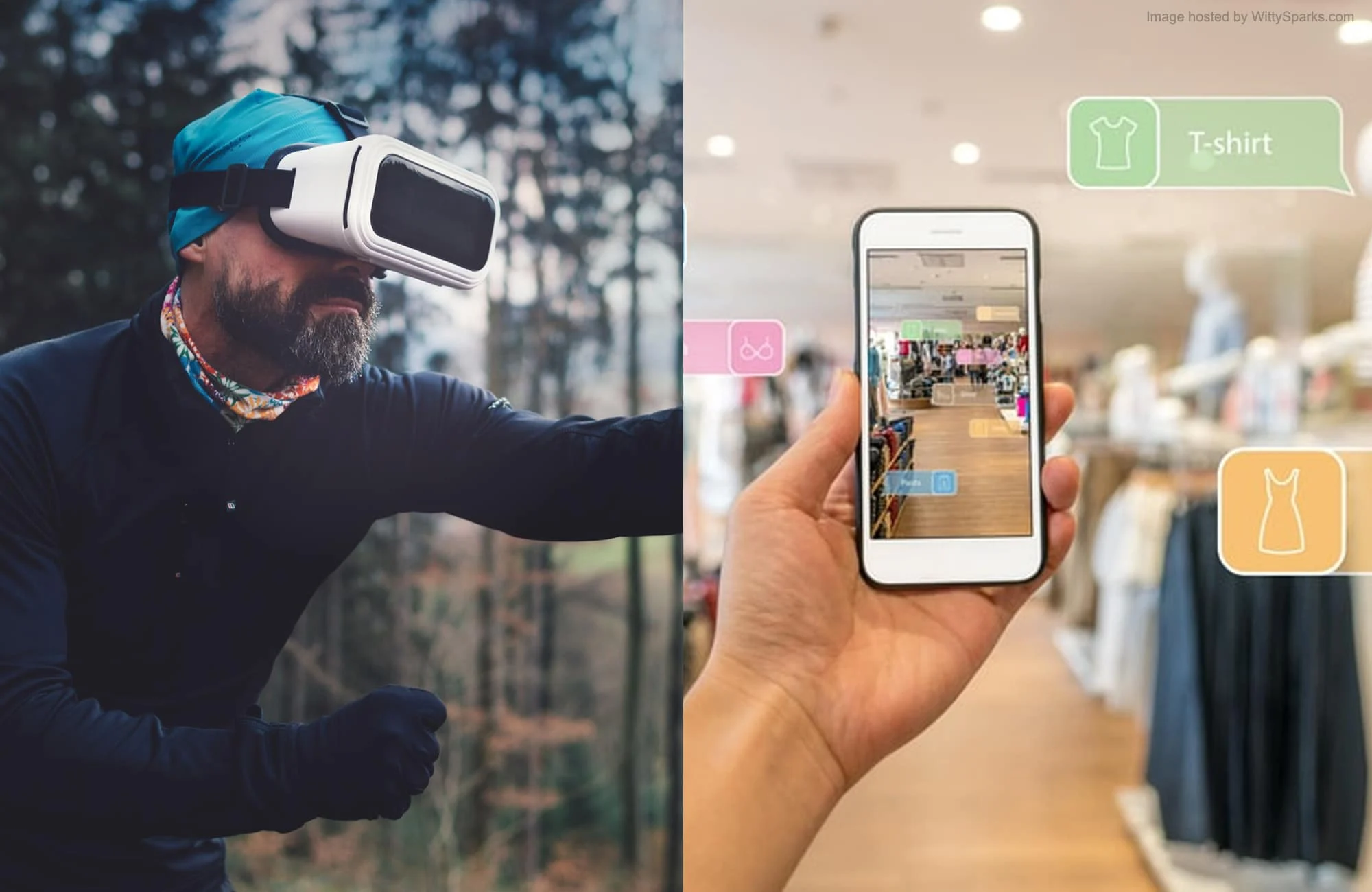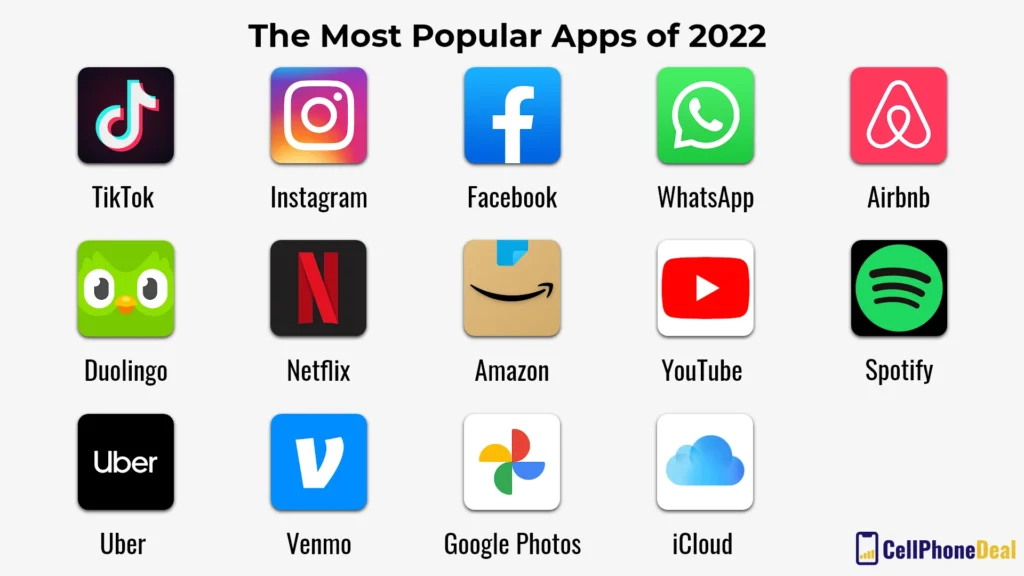The Rise of AR and VR Apps: Enhancing User Experience
Augmented Reality (AR) and Virtual Reality (VR) apps have been steadily gaining popularity in recent years, revolutionizing the way users interact with digital content. These immersive technologies have the potential to enhance user experience by providing a more interactive and engaging platform for various industries, including gaming, education, healthcare, and retail. With the rise of AR and VR apps, users can now experience a new level of immersion and interactivity, blurring the lines between the physical and digital worlds.
As the demand for more immersive and interactive experiences continues to grow, the development of AR and VR apps has become increasingly important for businesses looking to stay ahead in a competitive market. These innovative technologies offer a new way for businesses to connect with their audience, providing unique and memorable experiences that can set them apart from their competitors. With the rise of AR and VR apps, businesses have the opportunity to create more engaging and personalized experiences for their users, ultimately leading to increased customer satisfaction and loyalty.
The Evolution of AR and VR Technology
Augmented Reality (AR) and Virtual Reality (VR) have come a long way since their inception. AR technology overlays digital information onto the real world, while VR technology immerses users in a completely virtual environment. Both technologies have evolved significantly in recent years, with improvements in hardware, software, and user experience. The increasing accessibility of AR and VR devices has led to a surge in the development of AR and VR apps across various industries.
AR and VR technology is no longer limited to just gaming and entertainment. It has found applications in fields such as education, healthcare, retail, and marketing. As the technology continues to advance, AR and VR apps are becoming more sophisticated and capable of delivering immersive and interactive experiences to users. This evolution has paved the way for a new era of user experience, where digital and physical worlds seamlessly merge.
Enhancing User Engagement and Interaction
AR and VR apps have the potential to revolutionize the way users interact with digital content. By enabling immersive experiences, these apps can significantly enhance user engagement and interaction. For example, in the retail industry, AR apps allow customers to visualize products in their real-world environment before making a purchase, leading to a more engaging and informed shopping experience. Similarly, VR apps can transport users to virtual environments where they can interact with objects and characters, creating a sense of presence and deepening user engagement.
Furthermore, AR and VR technology can enable new forms of user interaction, such as gesture-based controls and spatial computing. This not only makes the user experience more intuitive and natural but also opens up possibilities for innovative applications in various domains. As AR and VR apps continue to push the boundaries of user engagement and interaction, they are reshaping the way users perceive and interact with digital content.
Immersive Training and Simulation Experiences
One of the key advantages of AR and VR technology is its ability to create immersive training and simulation experiences. In fields such as healthcare and manufacturing, AR and VR apps are being used to train professionals in realistic virtual environments, allowing them to practice complex procedures and scenarios without any real-world consequences. This not only improves learning outcomes but also enhances safety and reduces training costs.
Moreover, AR and VR apps are enabling immersive simulation experiences for various purposes, such as architectural visualization, urban planning, and virtual tourism. Users can explore and interact with virtual environments as if they were physically present, opening up new possibilities for education, training, and entertainment. As the technology continues to advance, AR and VR apps are expected to play a significant role in shaping the future of immersive training and simulation experiences.
Personalized and Context-Aware Experiences
AR and VR apps have the potential to deliver personalized and context-aware experiences to users by leveraging real-time data and spatial understanding. For instance, AR apps can provide personalized recommendations and information based on the user’s location and surroundings, enhancing the relevance and usefulness of the content. Similarly, VR apps can create personalized virtual environments tailored to the user’s preferences and behavior, leading to a more immersive and customized experience.
Furthermore, AR and VR technology can enable context-aware interactions, where digital content seamlessly integrates with the physical environment. This can lead to innovative applications in areas such as navigation, tourism, and real-time assistance, where users can receive contextual information and guidance overlaid onto their surroundings. As AR and VR apps continue to evolve, they are poised to provide increasingly personalized and context-aware experiences, redefining the way users interact with digital content.
Challenges and Opportunities in AR and VR App Development
While the potential of AR and VR apps is immense, their development comes with a unique set of challenges and opportunities. One of the key challenges is the need for sophisticated hardware and software capabilities to deliver seamless and high-quality experiences. This requires continuous innovation in areas such as display technology, tracking systems, and gesture recognition to overcome technical limitations and enhance user experience.
On the other hand, the rapid advancements in AR and VR technology present numerous opportunities for developers to create innovative and impactful apps. With the growing demand for AR and VR experiences across industries, developers have the opportunity to explore new use cases and create compelling applications that address specific user needs. Additionally, the availability of development tools and platforms has made it easier for developers to build AR and VR apps, opening up avenues for creativity and experimentation in this rapidly evolving field.
Integration with IoT and AI Technologies
AR and VR apps are increasingly being integrated with Internet of Things (IoT) and Artificial Intelligence (AI) technologies to create more immersive and intelligent experiences. By leveraging IoT devices and sensors, AR and VR apps can interact with the physical environment in real time, enabling dynamic and context-aware experiences. This integration opens up possibilities for innovative applications in areas such as smart homes, industrial automation, and connected environments.
Furthermore, AI technologies such as machine learning and computer vision are being used to enhance the capabilities of AR and VR apps. These technologies enable features such as real-time object recognition, natural language processing, and predictive analytics, leading to more intelligent and responsive experiences for users. As AR and VR apps continue to evolve, their integration with IoT and AI technologies is expected to drive new levels of immersion and interactivity, shaping the future of user experience.
Impact on Business and Marketing Strategies
The rise of AR and VR apps is reshaping business and marketing strategies, offering new opportunities for customer engagement and brand experiences. Businesses are leveraging AR and VR apps to create interactive product demonstrations, virtual showrooms, and immersive brand experiences, allowing them to connect with customers in more meaningful ways. This has the potential to drive customer engagement, increase brand loyalty, and differentiate businesses in competitive markets.
Moreover, AR and VR apps are enabling new forms of advertising and content delivery, where brands can create immersive and interactive experiences for their target audience. This opens up innovative possibilities for storytelling, product visualization, and experiential marketing, leading to more impactful and memorable brand interactions. As businesses continue to explore the potential of AR and VR apps, they are reimagining their marketing strategies to deliver compelling and immersive experiences to their customers.
Future Trends and Applications
Looking ahead, the future of AR and VR apps is filled with exciting possibilities and potential applications. As the technology continues to advance, we can expect to see more sophisticated and realistic experiences that blur the lines between the physical and digital worlds. This includes advancements in areas such as haptic feedback, spatial audio, and mixed reality, leading to more immersive and sensory-rich experiences for users.
Furthermore, the integration of AR and VR technology with other emerging technologies, such as 5G connectivity and wearable devices, is expected to unlock new opportunities for innovative applications and use cases. This includes areas such as remote collaboration, telepresence, and augmented productivity, where AR and VR apps can revolutionize how people work, communicate, and interact with information. As the technology landscape continues to evolve, AR and VR apps are poised to play a central role in shaping the future of user experience across diverse domains.
| Topic | Description |
|---|---|
| AR and VR Technology | Augmented Reality (AR) and Virtual Reality (VR) are immersive technologies that overlay digital information onto the real world or create entirely virtual environments, enhancing user experience. |
| AR and VR Apps | There is a growing number of AR and VR apps across various industries, including gaming, education, healthcare, and retail, providing users with interactive and engaging experiences. |
| User Experience | AR and VR apps offer users a more immersive and interactive experience, allowing them to explore virtual environments, interact with digital elements, and access information in new and innovative ways. |
| Benefits | The rise of AR and VR apps has led to improved user engagement, increased learning retention, enhanced visualization of products, and new opportunities for businesses to connect with their target audience. |
The Rise of AR and VR Apps: Enhancing User Experience
AR and VR apps have revolutionized the way users interact with digital content, providing immersive and interactive experiences across various industries. These technologies have enhanced user experience, leading to increased engagement, improved learning outcomes, and new opportunities for businesses to connect with their audience.



